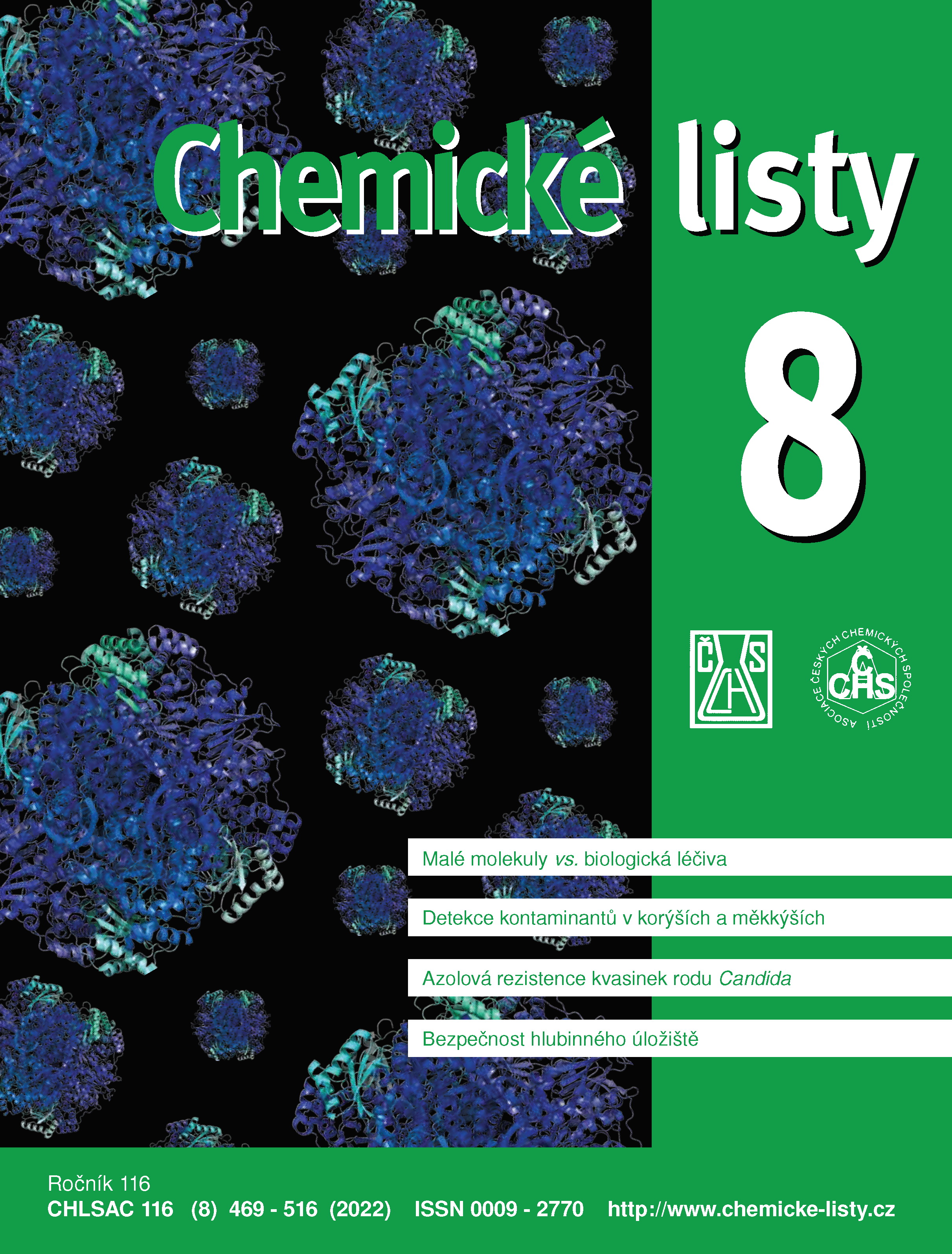Budou léčivy budoucnosti malé molekuly nebo biologická léčiva?
DOI:
https://doi.org/10.54779/chl20220471Klíčová slova:
malé molekuly, biologická léčiva, biosimilární léky, polymorfy, solváty, kokrystaly, amorfní pevné disperze, lipidické formulaceAbstrakt
After the approval of the first therapeutic monoclonal antibodies and their successful introduction into therapy, a great future was expected for this class of drugs. This assumption has been fulfilled to a limited extent only, especially in the treatment of oncological problems, some autoimmune diseases and in the treatment of some rare diseases. On the other hand, a considerable progress has been made in the fields of oncology and autoimmune diseases by discovering protein kinases, and these small molecule drugs represent alternatives in the treatment of a range of such diseases. In this article, we have tried to shed light mainly on the role of small molecules in therapy, including problems connected with the development of this class of drugs. For many of them, their physico-chemical properties prevent using traditional formulation techniques and modern technologies must be applied. This paper summarizes the most commonly used approaches for increasing bioavailability, including both the prodrug approach and the use of various solid forms of the active ingredient in specific formulations available on the market. The article also provides examples of practical use of amorphous solid dispersions and modern trends, including the development of various types of lipid formulations.





